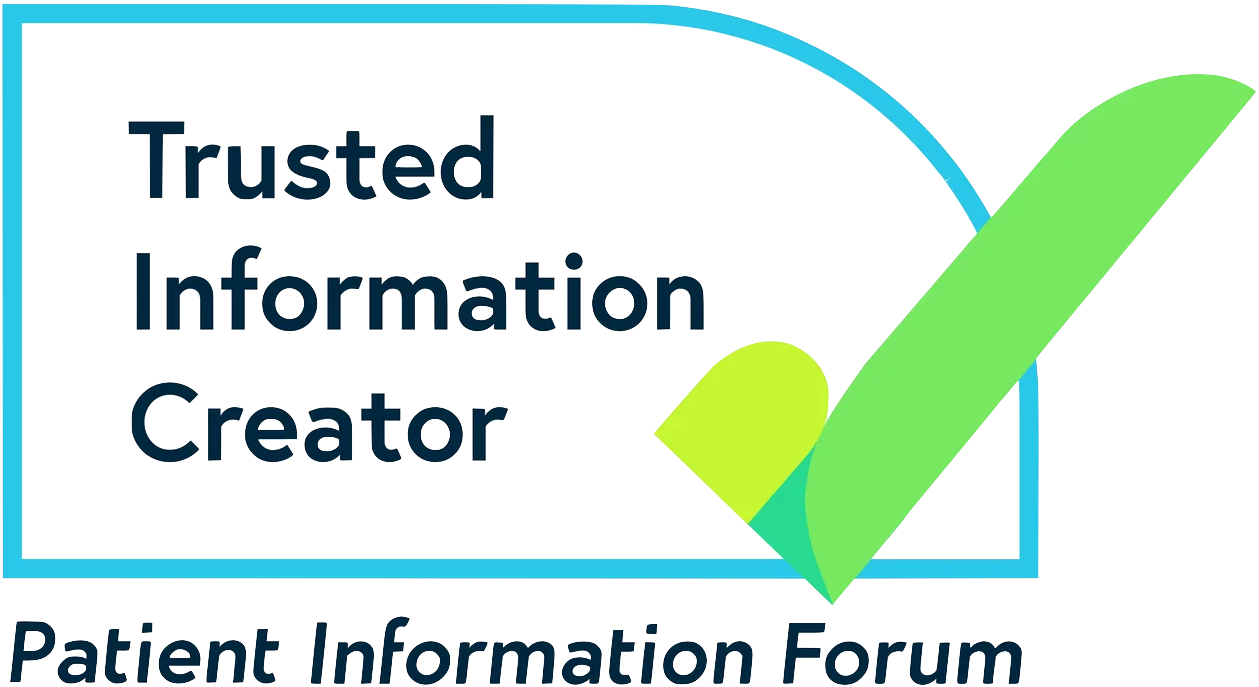If you would like to talk to someone about epilepsy, our trained advisers are here to help.
What would you like to find out about today?
Other names for GLUT1 deficiency syndrome
Other names for this syndrome include:
- Glucose transporter type 1 deficiency syndrome
- De Vivo disease
Who gets GLUT1 deficiency syndrome?
People who have GLUT1 deficiency have a change (or ‘mutation’) in a gene, called SLC2A1. It means you don’t make enough of a protein called GLUT1. GLUT1 transports a sugar (glucose) from your blood into your brain. So if you have GLUT1 deficiency, your brain doesn’t get enough glucose. This affects how your brain functions and grows.
Most people who have GLUT1 deficiency don’t have a family history of the condition. It happens because a new ‘mutation’ develops in their SLC2A1 gene. Less often, a mutation may be passed down from an affected parent. The parent may only be mildly affected or have no symptoms.
Most children with GLUT1 deficiency start having seizures when they’re just a few months old. Sometimes this is later, after the age of 2. Some children with GLUT1 deficiency never develop epilepsy, although this is rare.
Symptoms
Symptoms of GLUT1 deficiency tend to change throughout life. In babies and young children, epileptic seizures are usually the biggest problem. They tend to reduce or stop in older children and adults, when movement disorders become more of an issue.
Babies and younger children with GLUT1 deficiency syndrome may have:
- Seizures – these may be of any type, including myoclonic (‘jerking’ seizures), atonic (‘drop’ seizures) and tonic-clonic (drop and jerk) seizures
- Slow head growth (called ‘microcephaly’) and delayed development
- Abnormal eye movements, where their eyes (and sometimes their whole head) move around very quickly.
- Difficulties learning to walk and stand
Older children and adults may have:
- Problems with balance and co-ordination, causing clumsy movements and difficulties walking
- Muscle spasms, stiffness, and involuntary movements
- Weakness or paralysis on one side of the body
- Speech difficulties
- Learning difficulties, which may range from mild to severe
If your child has GLUT1 deficiency, they may have symptoms all the time, or they may come and go ( ‘paroxysmal’ symptoms). Paroxysmal symptoms are often worse when your child hasn’t eaten for a while, after exercise and if they’re stressed, tired or ill.
Diagnosis
The main test doctors use to diagnose GLUT1 deficiency syndrome is a lumbar puncture (sometimes called a spinal tap). This involves taking a sample of fluid from your child’s spinal cord (called cerebrospinal fluid). The test is done after your child hasn’t eaten (fasted) for 4 to 6 hours. The doctor then checks how much glucose is in their cerebrospinal fluid compared to the level of glucose in their blood.
Your child’s doctor may also recommend genetic testing to confirm the diagnosis. Genetic testing uses a sample of your blood or saliva to look at your genes. It can find a mutation in the SLC2A1 gene in around 8 or 9 out of 10 children with GLUT1 deficiency.
Treatment
There’s no cure for GLUT1 deficiency syndrome, and epilepsy medicines don’t work very well for this condition. But a special diet, called the ketogenic diet can often control seizures and other symptoms in children with GLUT1 deficiency. A ketogenic (or ‘keto’) diet has:
- Very low carbohydrates (like bread, pasta and rice)
- High fats (like meat, fish, eggs and dairy)
It works by supplying your body with an alternative energy source to glucose. These are ketones, which come from fats. Unlike glucose, ketones can reach your brain if you have GLUT1 deficiency.
Your child’s doctor will recommend starting this diet as soon as they’ve been diagnosed. It’s thought that the earlier they start, the better their development and learning. Your child should only start this diet under guidance from a specialist. Older children and adults may find it helpful to follow a version of this diet that isn’t so restrictive.
The organisation Matthew’s Friends has more information about the ketogenic diet.
Outlook
Children with GLUT1 deficiency usually tend to get fewer seizures as they get older. They may have more movement problems though.
The ketogenic diet is usually very effective in controlling seizures. It can also help prevent learning difficulties getting worse. But developmental and learning difficulties will still affect most children to some degree, even if the ketogenic diet is started early. Your child’s doctor should be able to give you advice about getting support with learning, feeding and physical difficult if needed.
Support
Charity for families with disabled children
Freephone helpline: 0808 808 3555
Email: helpline@contact.org.uk
Here to support you
Send us your question
Send a question to our trained epilepsy advisers. (We aim to reply within two working days).


